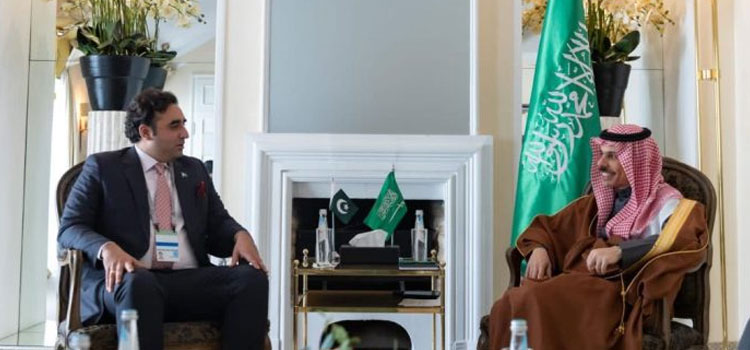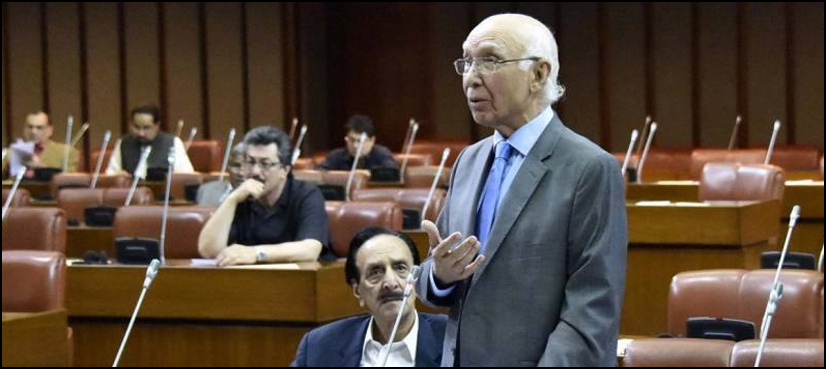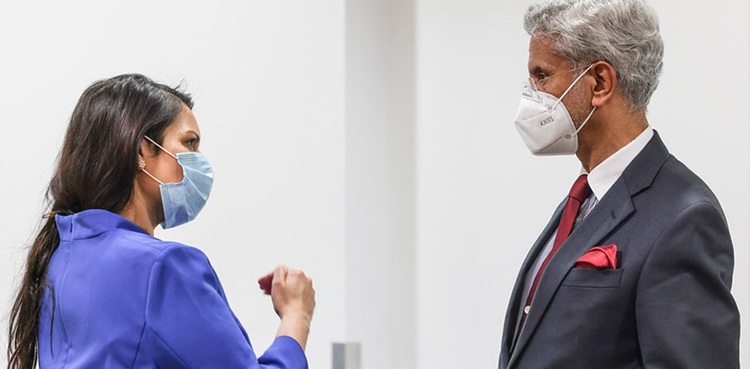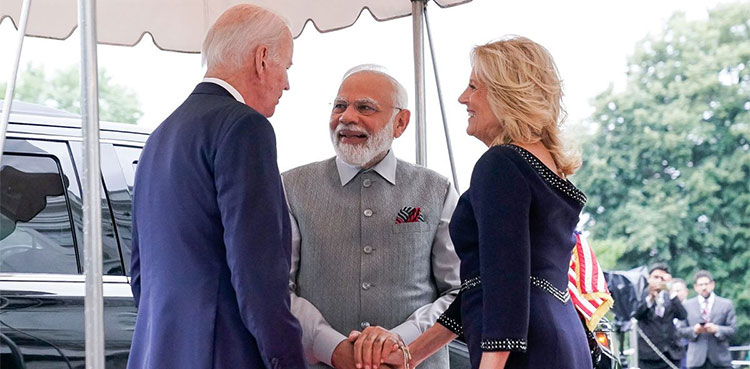
The main issue with international affairs is that they are essentially anarchic and require extreme care and vigilance to keep them in an acceptable balance. The first line of action taken to ensure that nothing untoward happens in global context that may disturbance the state of equilibrium is diplomacy that functions incessantly both on overt and covert basis.
The overt diplomacy is one of the main functions of state-centric international affairs and is considered a norm that takes place all the time. It is a recognised feature of international affairs and is undertaken both on bilateral and multilateral levels and is relentlessly resorted to both within the states and in international forums such as the United Nations.
This activity is pursued during all situations including war and peace and is never abandoned even after a war or a conflict is over. This matter is evolutionary in nature and is continuously fine-tuned with scholars writing treatises about it and academic institutions teaching its various aspects to the protagonists.
It is a highly valued practice and its protagonists are highly regarded and are well sought after. Their experiences are widely shared and emulated throughout the global arena and also vastly commented upon.

The diplomacy is practised on two levels with official diplomacy conducted by states is known as track-one diplomacy and is generally recognised as a technique of state action which is essentially a process whereby communications from one government go directly to the decision-making apparatus of another.
This is considered the most transparent method based upon proper documentation giving points of view and rational reasoning for adopting a particular course of action. This method provides opportunities to analysts to assess the repercussions of policies pursued by states. It keeps matters open and they could benefit from input given by actors from without the state itself and may be modified according to developing situations.

This type of diplomacy is known as Track-one diplomacy that is conducted by official representatives of a state or state-like authority and involves interaction with other state or state-like authorities: heads of state, state department or ministry of foreign affairs officials, and other governmental departments and ministries. Referred to as the first tier of diplomatic contacts, these official diplomatic efforts can be distinguished from unofficial interactions that may involve conflict resolution specialists, private citizens, non-governmental organizations (NGOs) or businesses. Such unofficial interactions are referred to as Track-two diplomacy and are usually covert exercises recommended when official contacts yield insufficient results and deadlocks occur in times of conflicts.
Track-one diplomacy may take place bilaterally between two states, or multilaterally when several states interact together and even regionally or globally through inter-governmental organisations (IGOs). The purpose and intentions of track-one diplomatic efforts may vary greatly and in different situations they may be used coercively and may involve sanctions, ultimatums and psychological intimidation.

It may be used persuasively and involve argumentation and compromise with consistent efforts aimed at arriving at feasible solutions. It may be used as a means of adjusting states’ relationship to and views of one another. It may be a tool for reaching mutual agreements that may themselves reflect elements of persuasion or coercion. It may also be employed by a third-party state to help bring about an agreement between other states.
The context of track-one diplomacy varies not only according to the different roles states play but also according to the manner in which these track-one roles are carried out. Official interactions may be at the senior head-of-state level, ministerial level or involve lower-level officials. In negotiations, states may shift the levels of officials sent to negotiations as a signal of the level of commitment to the negotiation. When a state shifts from a lower-level official to a higher-level official, this may usefully signal a growing confidence in the negotiation process. At each level of interaction, the types of track-one diplomacy interactions range from written communication to formal meetings to casual conversations. Many official negotiations involve a combination of forms of interaction. Written documents relating to an agreement may be exchanged, diplomats may meet to discuss draft agreements formally and informal side conversations during breaks may bring an additional component to the negotiations.
Track-One diplomacy can be employed by diplomats to act as the primary parties to negotiations, support one or more of the primary parties, or act as third parties. These multiple roles and issues of official recognition, complicate track-one diplomacy’s application to conflict resolution. Diplomats engaged in negotiations as direct parties seek to further their own country’s interests by influencing other direct participants in negotiations, by influencing mediators and by influencing the international community.
It may include substantial positive incentives such as humanitarian aid, weapons sales, and trade relations. Likewise, track-one diplomacy can also include significant negative measures such as sanctions, expulsion from international organisations and even military force.
It is also pointed out in this context that states may involve their diplomats in a conflict in order to support one or more of the direct parties to the conflict. States can offer influence and prestige and shift the power structure of the conflict, thus shaping the negotiations. Depending on the existing power structures, this might involve providing additional support to one of the two equally powerful sides thereby creating asymmetry between the parties in the negotiations.

Conversely, a supportive state can also provide power to an otherwise weaker party thereby creating symmetry in the negotiations. States will unite or unilaterally act to provide international support for a group or party in the conflict in the form of political, military or financial support.
It is also witnessed that states may intervene in conflicts as third parties to help seek a resolution. Some track-one mediators represent states that have a strong vested interest in a conflict settlement and others have fewer vested interests particularly when their state’s interests are high, track-one mediators may seek to control the negotiations through using strong incentives and significant resources. Other track-one mediators may bring to bear only weaker influences such as prestige and convening authority. Track-one diplomats in third-party roles can also explicitly seek to support victims. Official diplomatic efforts are often better funded than unofficial efforts and are supported by informational, security and logistical resources unavailable to unofficial efforts. However, official diplomatic efforts are tied to the official policies of states and may be constrained in their flexibility.
The other method of diplomacy is known as Track-Two (II) diplomacy that is rated as unofficial interaction of unofficial people. This is a specific kind of informal diplomacy in which non-officials including academic scholars, retired civil and military officials, public figures and social activists engage in dialogue with the aim of conflict resolution or confidence-building. This sort of diplomacy is especially useful after events which can be interpreted in a number of different ways, both parties recognise this fact, and neither side wants to escalate or involve third parties for fear of the situation spiraling out of control.
Although Track II diplomacy may seem less important than Track I such as the work of actual diplomats at their embassies but it is many times far more important. Indeed its informal nature often reflects the fact that the issues in question are of deadly seriousness.
from International News Today - Breaking News, US News, World News https://ift.tt/dTNEp5U
via IFTTT